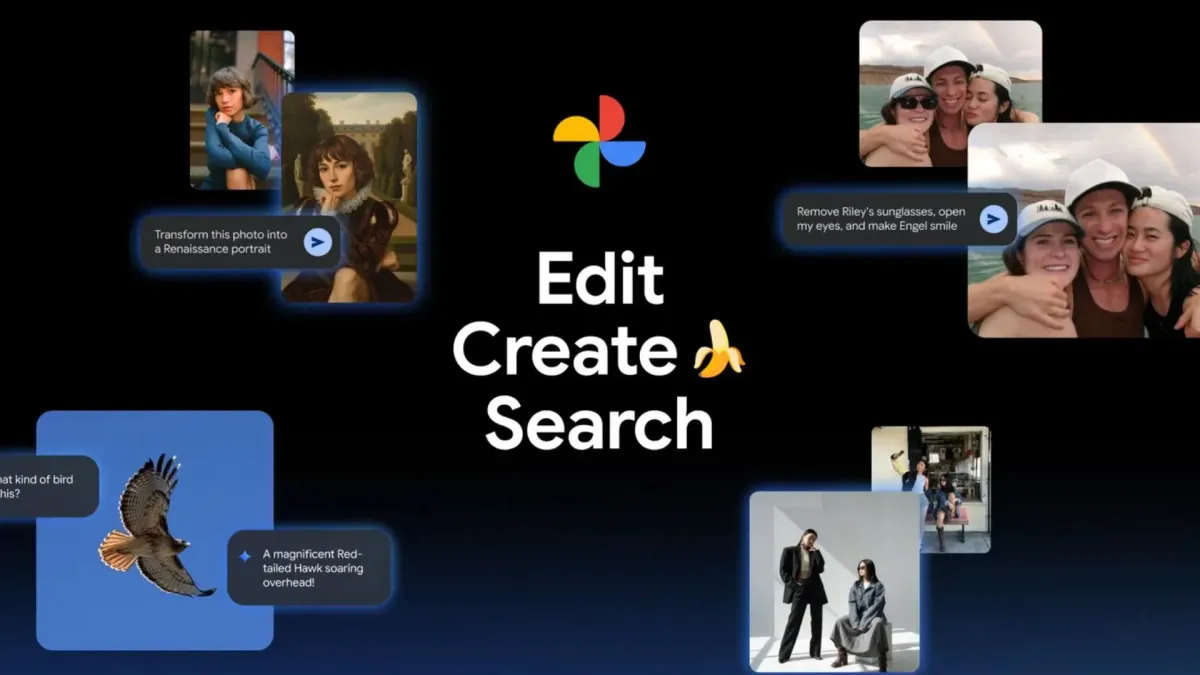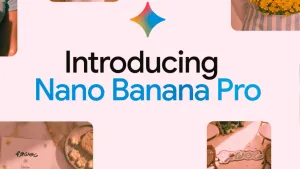Google has expanded the reach of its Nano Banana image model, bringing it to Google Photos after its earlier debut in Gemini and Search.
The update introduces six creative tools designed to make photo editing more intuitive, expressive, and globally accessible.
According to Google, Nano Banana powers new artistic filters that can turn images into stylized illustrations such as watercolor, sketch, or anime.
Users can now describe edits in natural language, asking the model to adjust lighting, remove objects, or change moods with short text prompts.
These conversational edits are available in over 100 regions and 17 languages, marking one of the most extensive AI feature rollouts for Photos to date.
The update also includes a redesigned editor interface for iOS, introducing the “Help me edit” feature that first launched on Pixel.
It allows Apple users to generate creative transformations similar to those in Gemini or the Android photo suite.
Six New Tools For Creative Editing
Google’s six additions are focused on three core pillars: creativity, usability, and scale.
New filters add fresh visual styles such as impressionist, cinematic, and comic. The conversational editing mode lets users type or speak natural requests like “make the photo look like sunset” or “turn this into a studio portrait.”
Meanwhile, the global expansion of Nano Banana’s capabilities ensures that advanced photo editing features are available to users far beyond the United States.
According to Google’s internal data, the Nano Banana model has already been used in more than 200 million image edits since its initial launch.
The company also reported that over 10 million users joined the Gemini app ecosystem following the model’s integration there earlier this year.
A Strategic Move In Creative AI Competition
Bringing Nano Banana into Photos reinforces Google’s strategy of embedding generative AI across its consumer apps.
Rather than confining AI tools to standalone platforms, Google is turning everyday applications like Photos into creative engines powered by its foundational models.
The move positions it more directly against companies such as Adobe and Canva, which are also racing to integrate intelligent editing systems into mainstream workflows.
Beyond competition, the update signals a broader shift in how consumers interact with visual content.
Editing, once technical and time-consuming, is becoming conversational and adaptive. Google’s approach emphasizes accessibility and imagination, giving users the ability to remix memories and create shareable visuals without leaving the app.
As Nano Banana becomes central to Google Photos, the company is redefining what casual creativity looks like in the age of AI.
The next stage will depend on how well these tools perform across devices and regions, and whether users embrace an AI that feels more like a creative partner than a technical tool.






